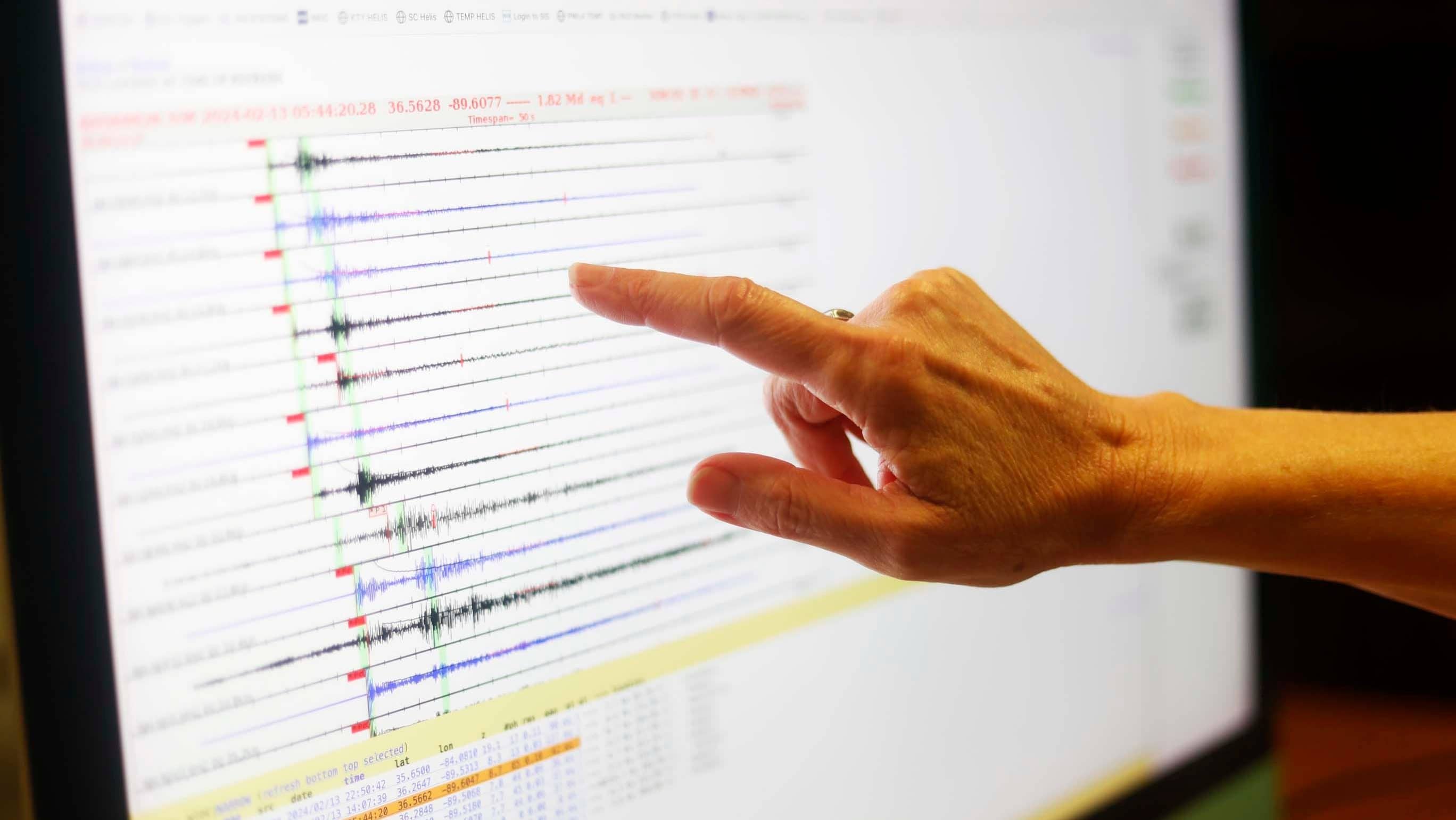
© Stu Boyd II-The Commercial Appeal / USA TODAY NETWORK
(Lebanon, NJ) – Social media lit up around 10:30 AM on Friday after a magnitude 4.8 earthquake struck near Lebanon, New Jersey — about three miles below the earth’s surface. People reported feeling the shaking up and down the east coast, including in New York City.
Emergency alerts were sent to cell phones around 30 minutes after the earthquake struck, advising people to remain indoors and call 911 if they’re injured. By mid-day, no reports of major damage or injuries had surfaced. Experts also note that there is the potential for aftershocks in the period following a noteworthy quake.
New York Governor Kathy Hochul says engineering teams are out in full force and looking at bridges for potential damage. The Holland Tunnel was closed for a time for inspections. NJ Transit was running with 20-minute delays as a result of similar bridge inspections. And ground stops were ordered by the FAA at JFK and Newark airports.
It turns out this is most likely the most powerful earthquake in New Jersey in 280 years. It struck near Lebanon, New Jersey at a depth of around three miles. Experts say New Jersey-New York’s plate tectonics is different from what exists in California and Japan. The underground plates along the east coast are moving in the same direction but can still bump into each other — causing quakes. Along the US west coast and in Japan, plates are divergent — moving in opposite directions. More powerful quakes are observed with divergent plates.












